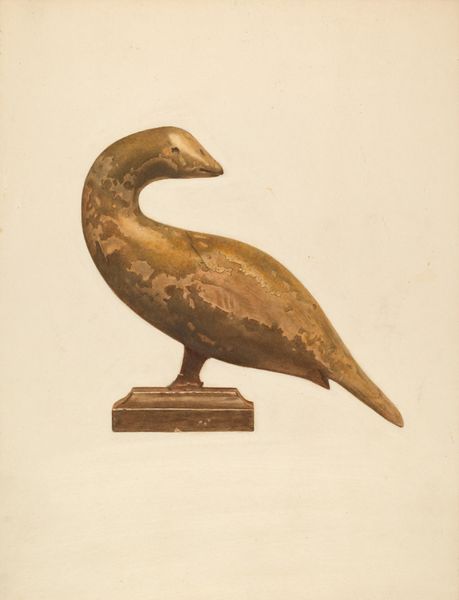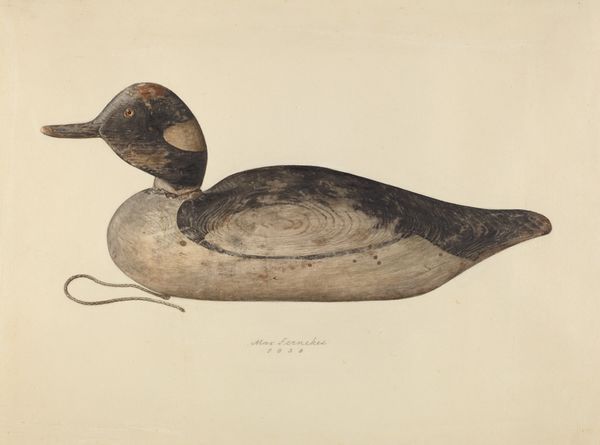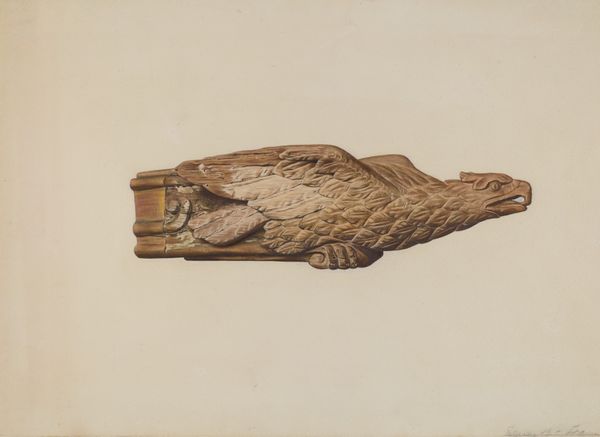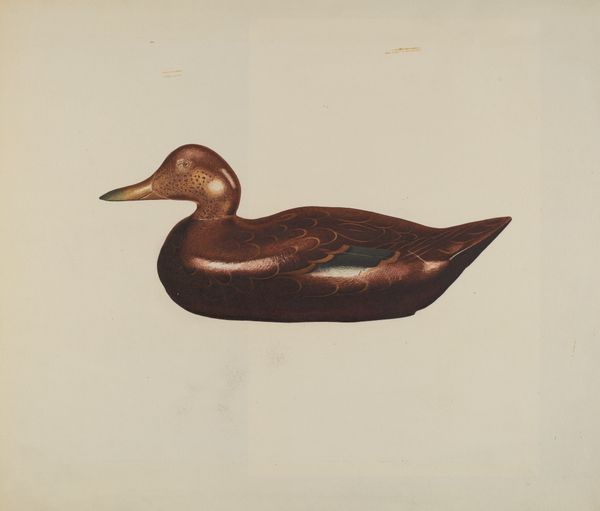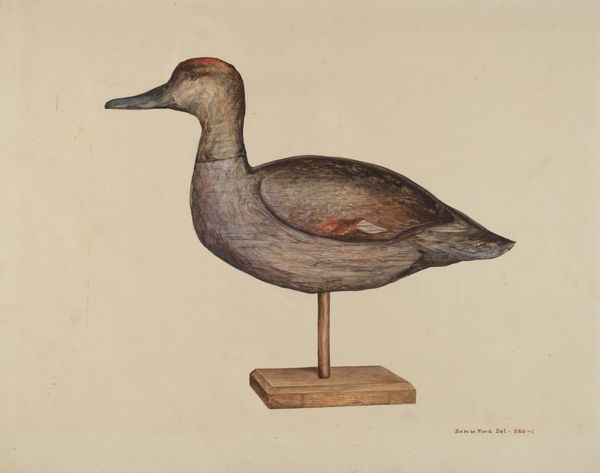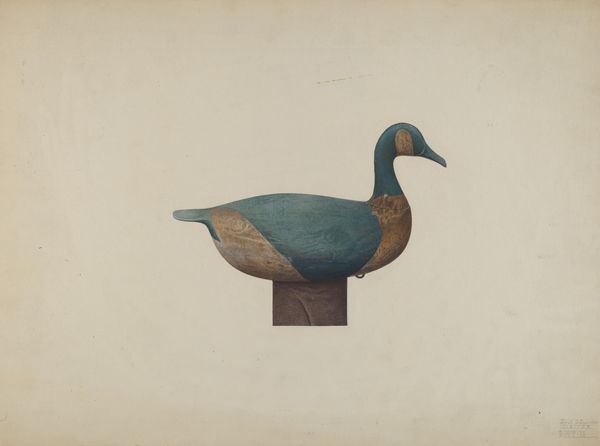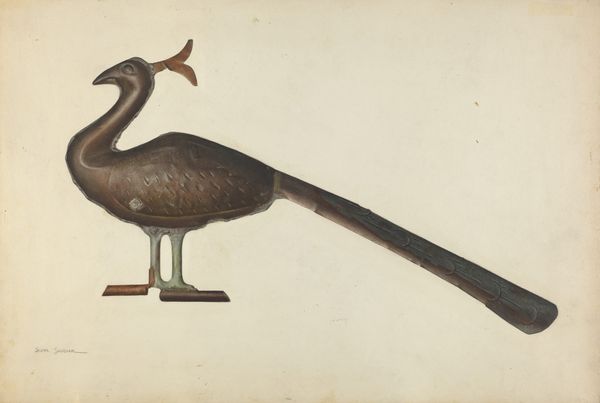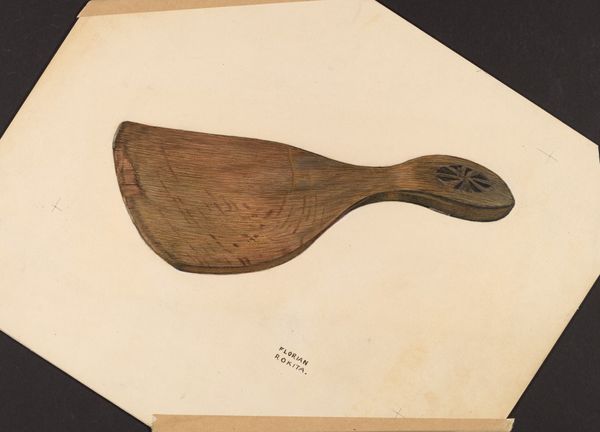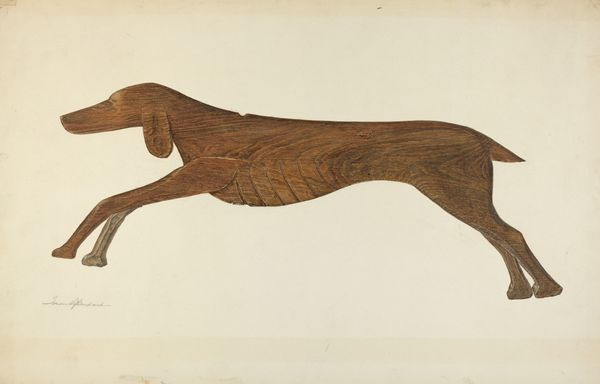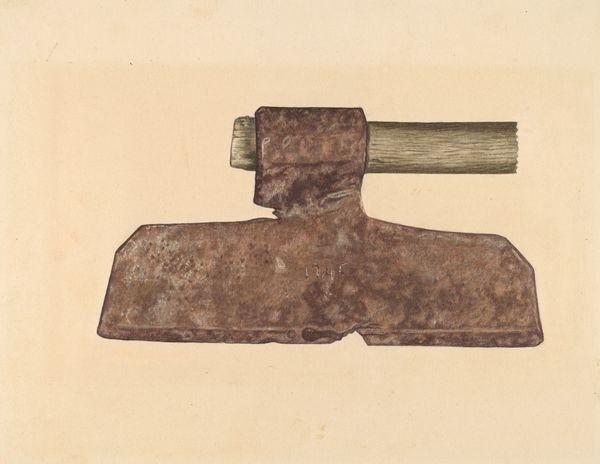
drawing, watercolor, pencil
#
drawing
#
charcoal drawing
#
oil painting
#
watercolor
#
pencil drawing
#
pencil
#
watercolour illustration
#
watercolor
#
realism
Dimensions: overall: 30.4 x 40.6 cm (11 15/16 x 16 in.)
Copyright: National Gallery of Art: CC0 1.0
Albert Geuppert made this watercolor of a Blue Winged Teal decoy. Consider the cultural significance of hunting in late 19th and early 20th century America. Duck decoys like this one were essential tools, reflecting a society deeply engaged with the natural world for both sustenance and sport. The image creates meaning through its detailed depiction of a utilitarian object elevated to art. The choice of watercolor, a medium often associated with leisure and landscape painting, adds a layer of complexity. This artwork invites us to reflect on the social and economic structures that supported both the hunting culture and the art market. Was Geuppert commenting on the changing relationship between humans and nature, or perhaps critiquing the commodification of wildlife? To understand this work better, explore archives of sporting magazines, historical records of hunting clubs, and studies of American material culture. By situating art within its original context, we gain insight into the social forces that shaped its creation and reception.
Comments
No comments
Be the first to comment and join the conversation on the ultimate creative platform.
